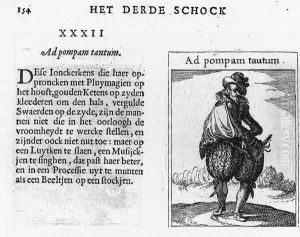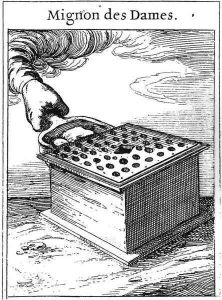Roemer Visscher Paintings
Roemer Visscher was a Dutch writer and poet, born on February 19, 1547, in Amsterdam, Netherlands. He is often considered an important figure in Dutch literature during the Renaissance period and is known for his emblem books and epigrams. Visscher's contributions to the literary world are particularly noteworthy for their reflection of Dutch culture and society in the late 16th and early 17th centuries.
Visscher's work was part of the larger European tradition of emblem literature, which combined images with poetry to convey moral or philosophical messages. His collection of emblems, 'Sinnepoppen', published in 1614, is his most famous work and is a significant example of this genre. The book consists of a series of emblems, each accompanied by a short poem that illustrates a moral lesson or reflects on human behavior.
Aside from 'Sinnepoppen', Visscher wrote a variety of epigrams and other poetic works that were widely circulated and acclaimed during his time. His poetry often employed wit and humor to address themes of love, morality, and social criticism. Visscher's literary style was influential, and his work paved the way for a more distinctly Dutch form of writing, contributing to the development of a national literary identity.
Importantly, Roemer Visscher was also a notable figure in the cultural life of Amsterdam. He was a contemporary of the famous Dutch painter Rembrandt and the poet P.C. Hooft. Visscher's home, known as 't Sal, was a hub for artists, writers, and intellectuals of the period, serving as a salon where ideas were exchanged and the arts flourished.
Visscher died on February 19, 1620, in Amsterdam. His influence, however, continued posthumously, particularly through his daughters, Anna and Maria Tesselschade Visscher, who became prominent figures in Dutch literature and art. Roemer Visscher's legacy is that of a key contributor to the Dutch Renaissance and the shaping of Dutch literary tradition.

